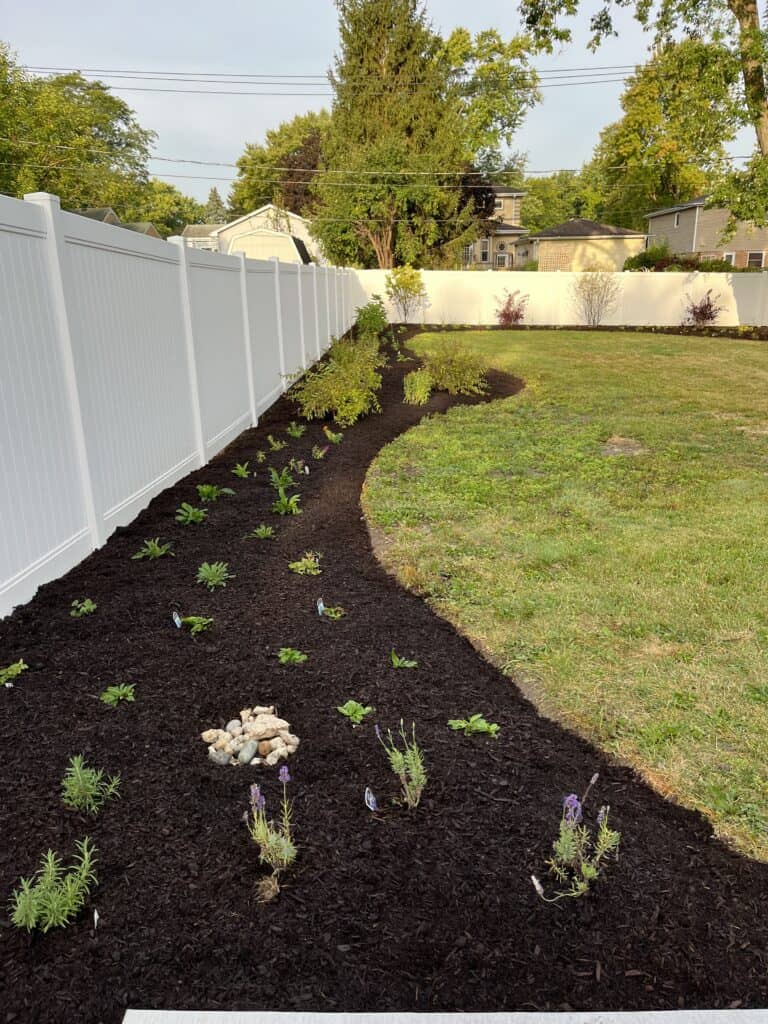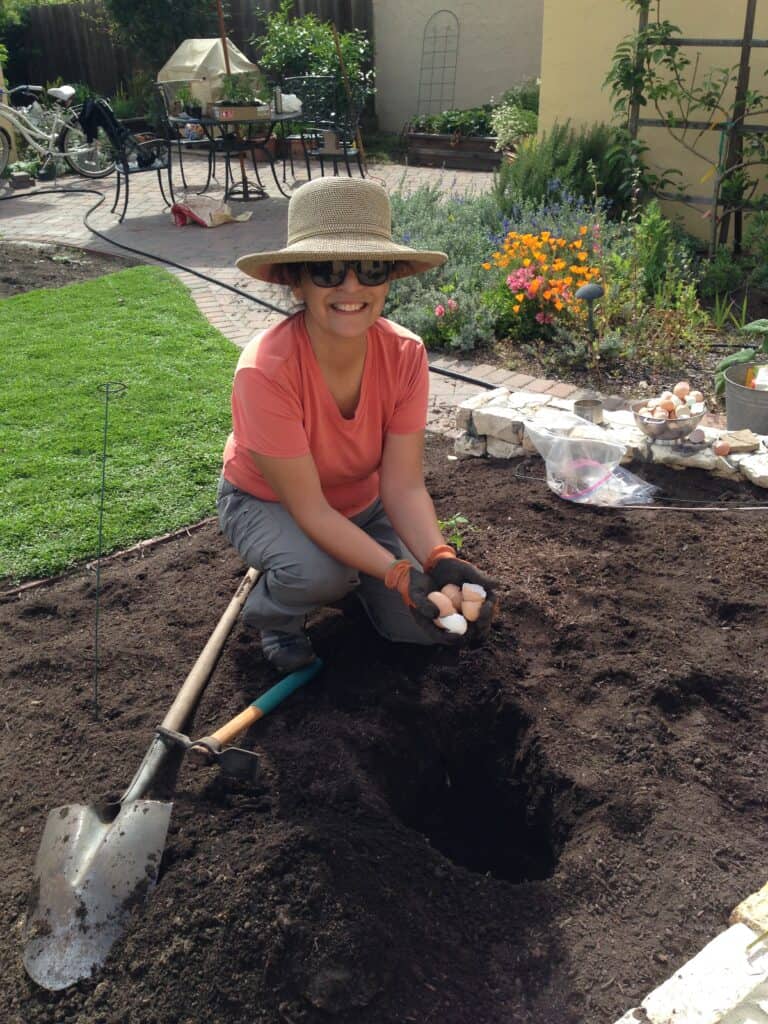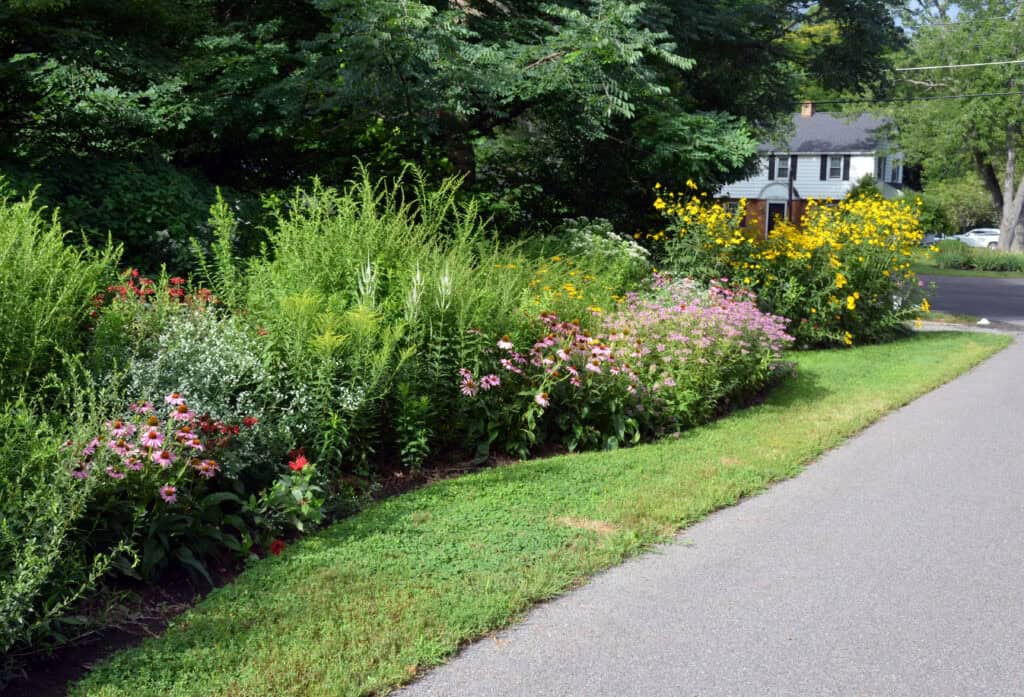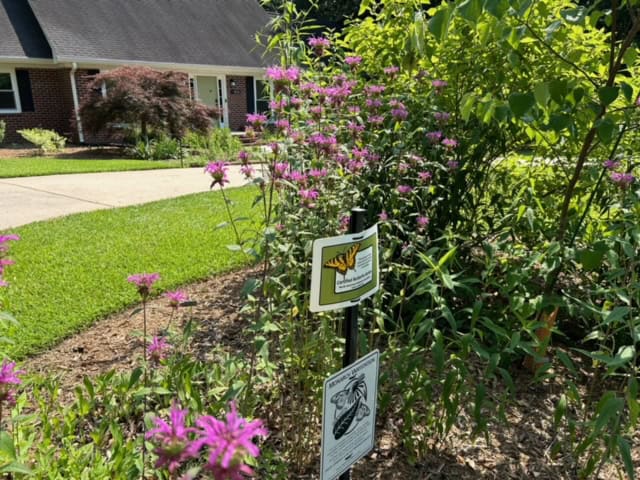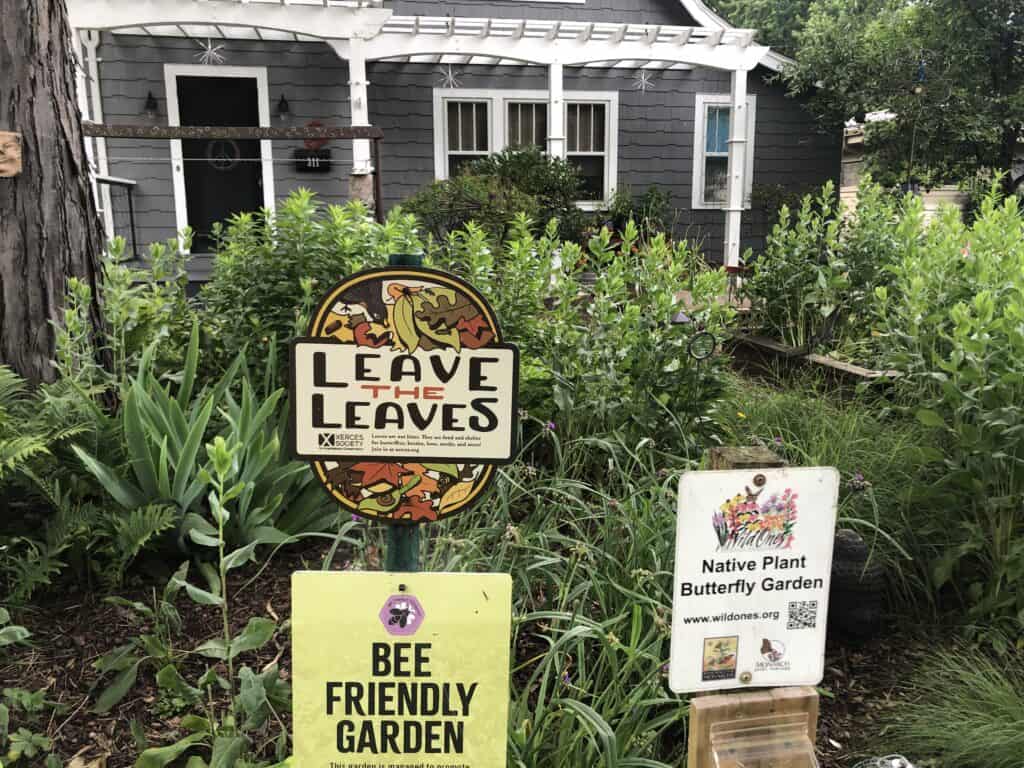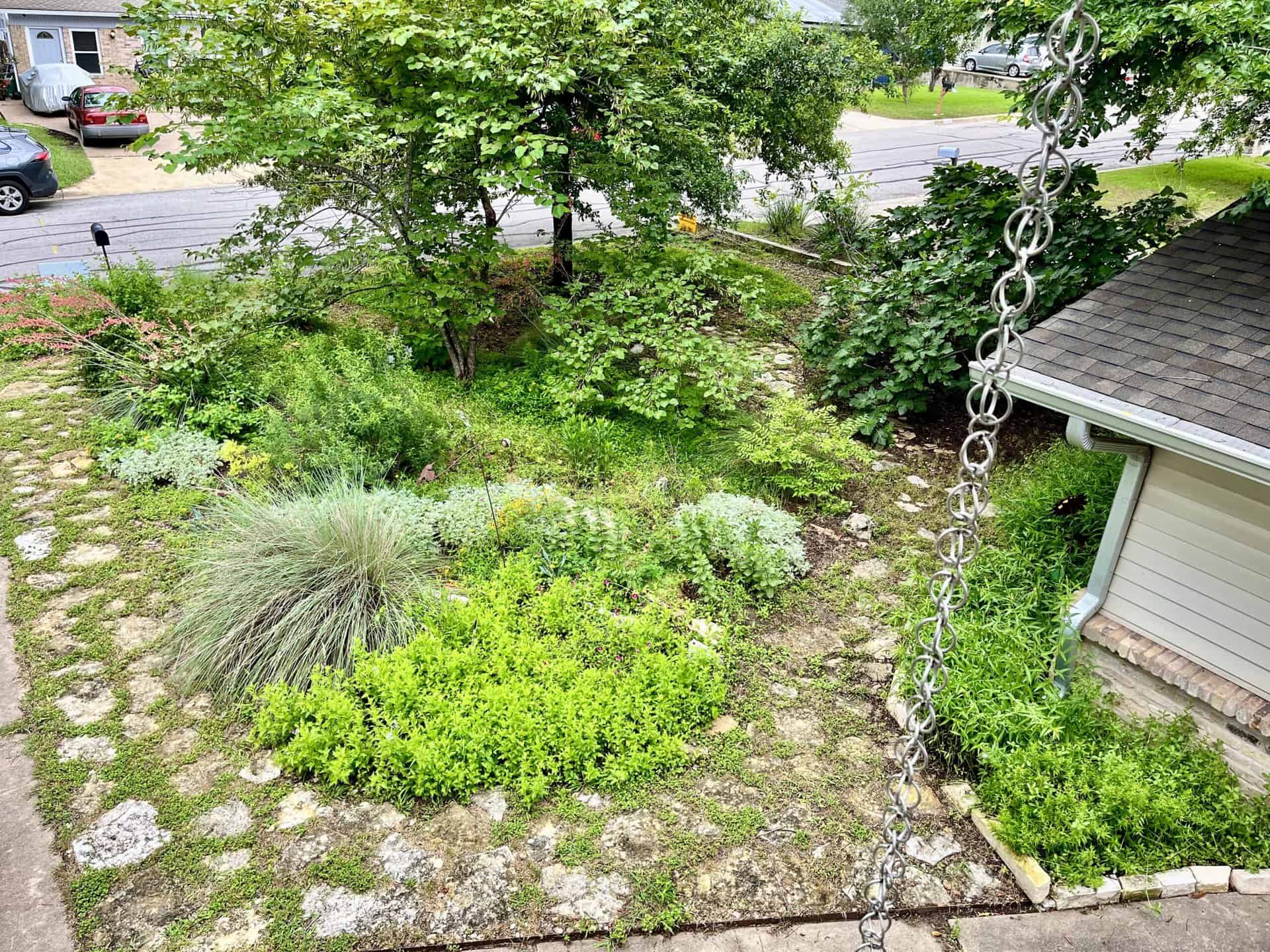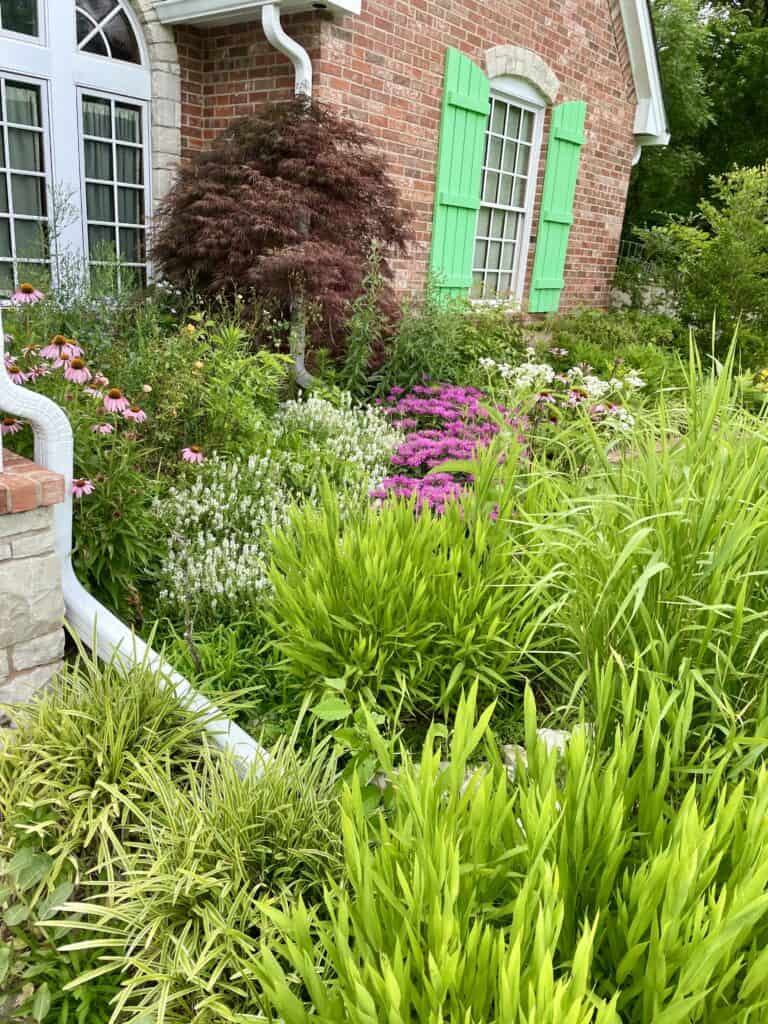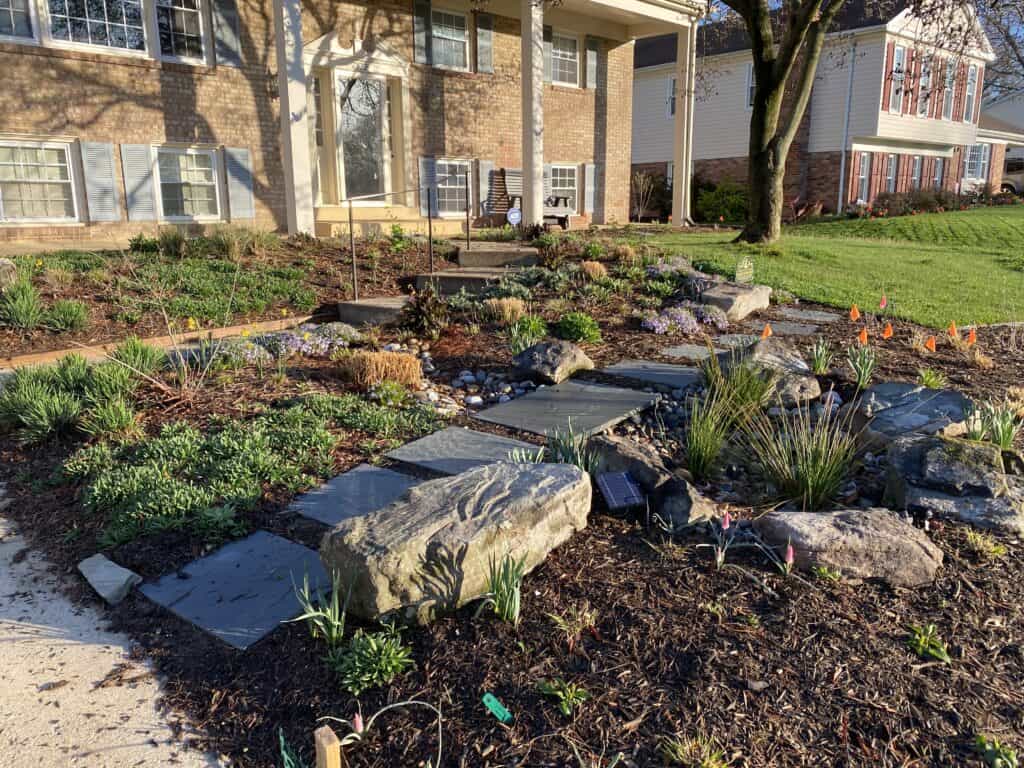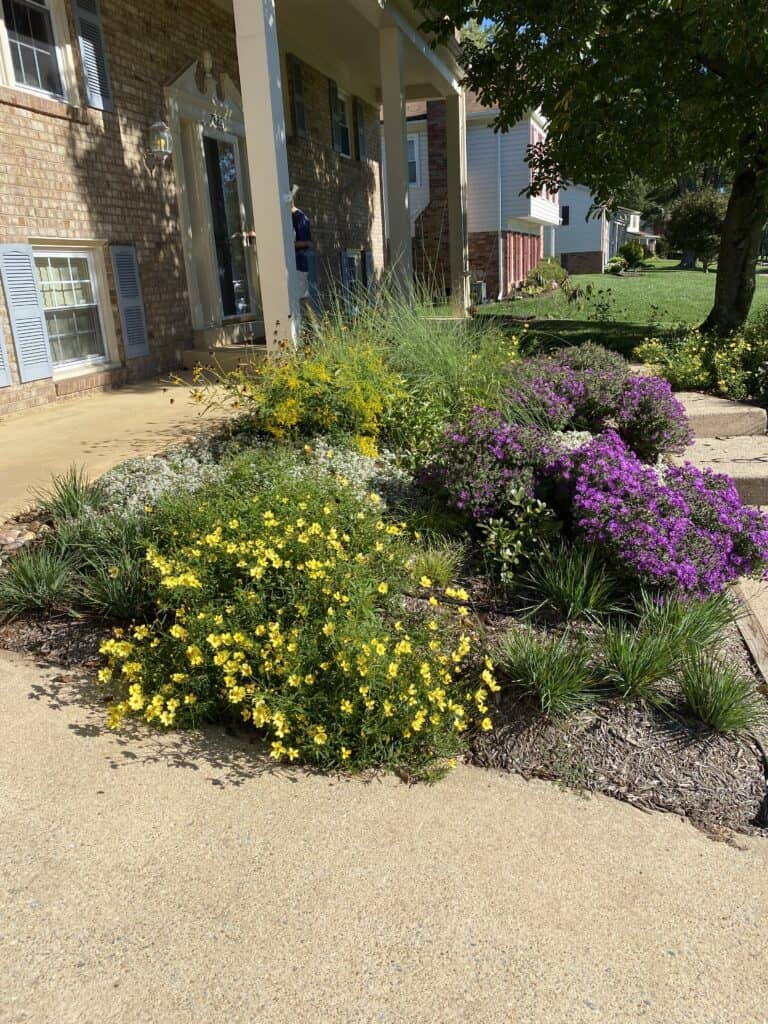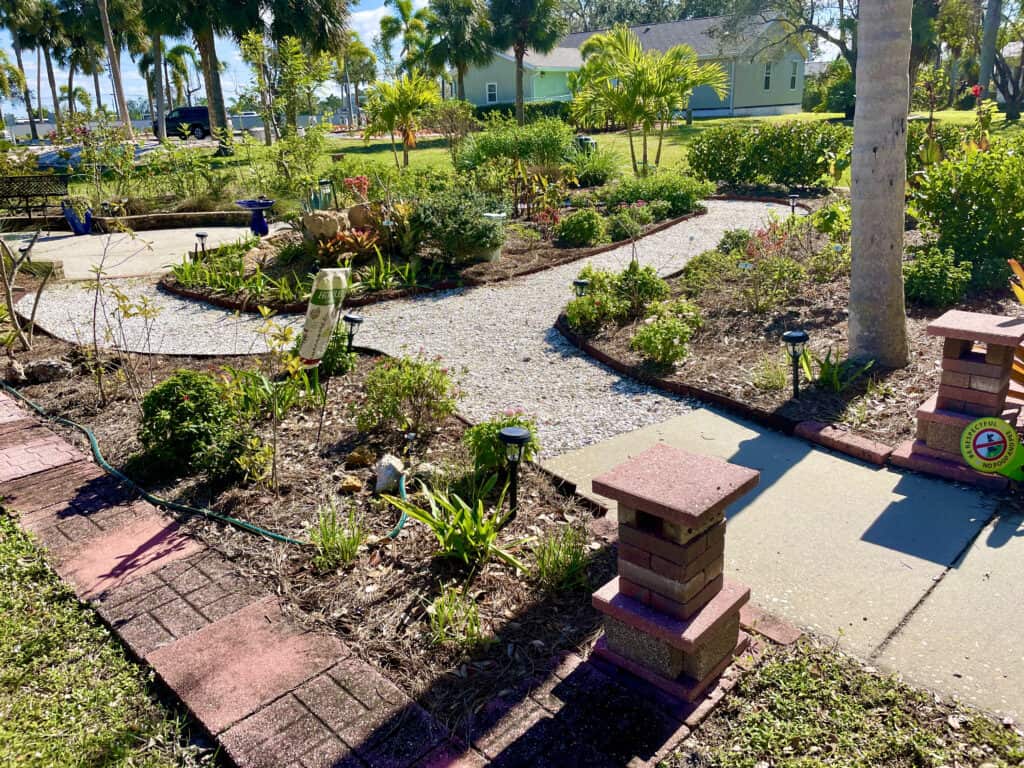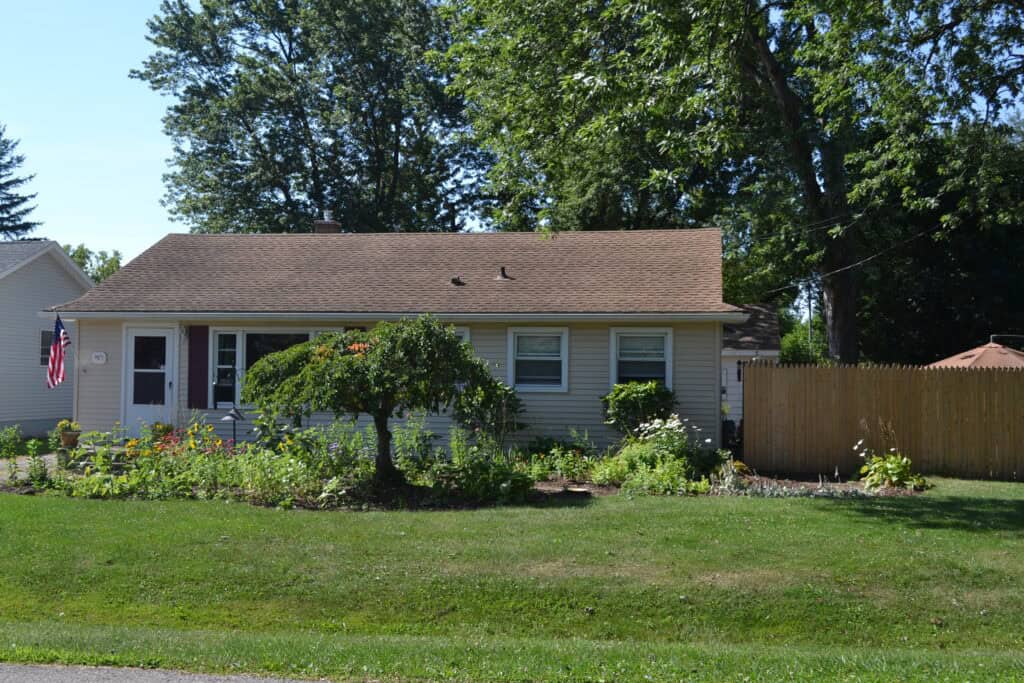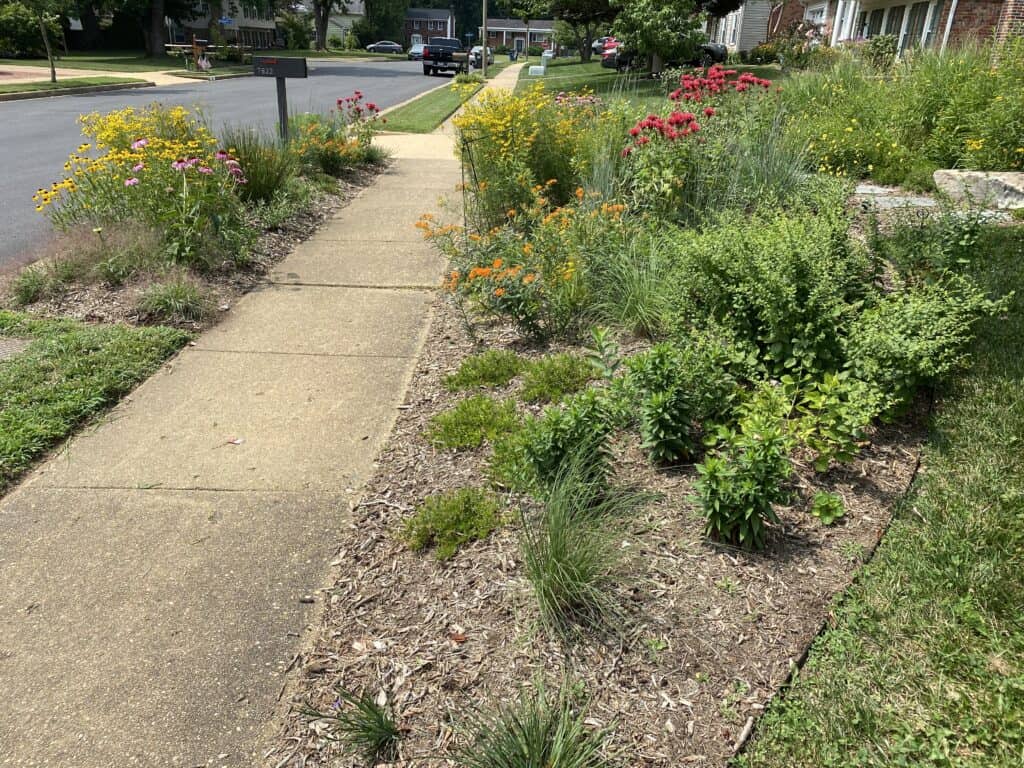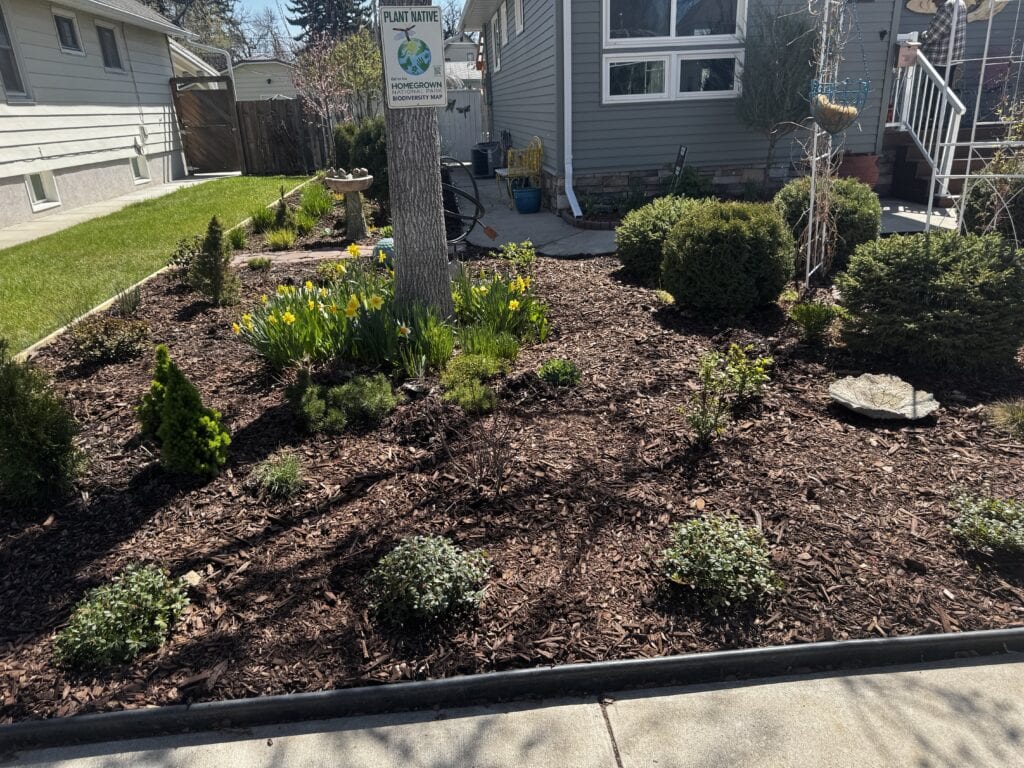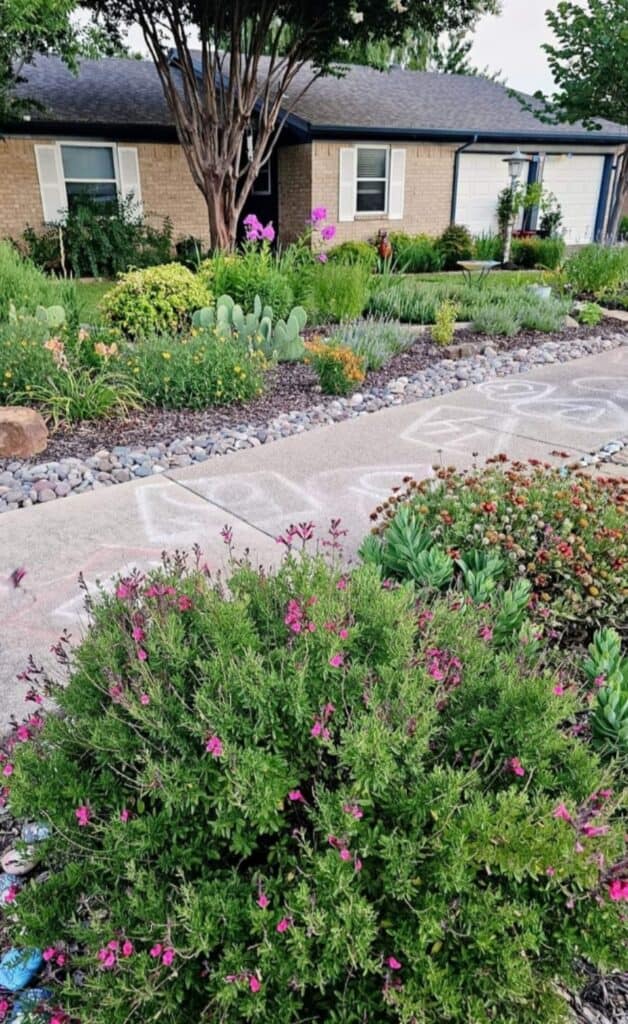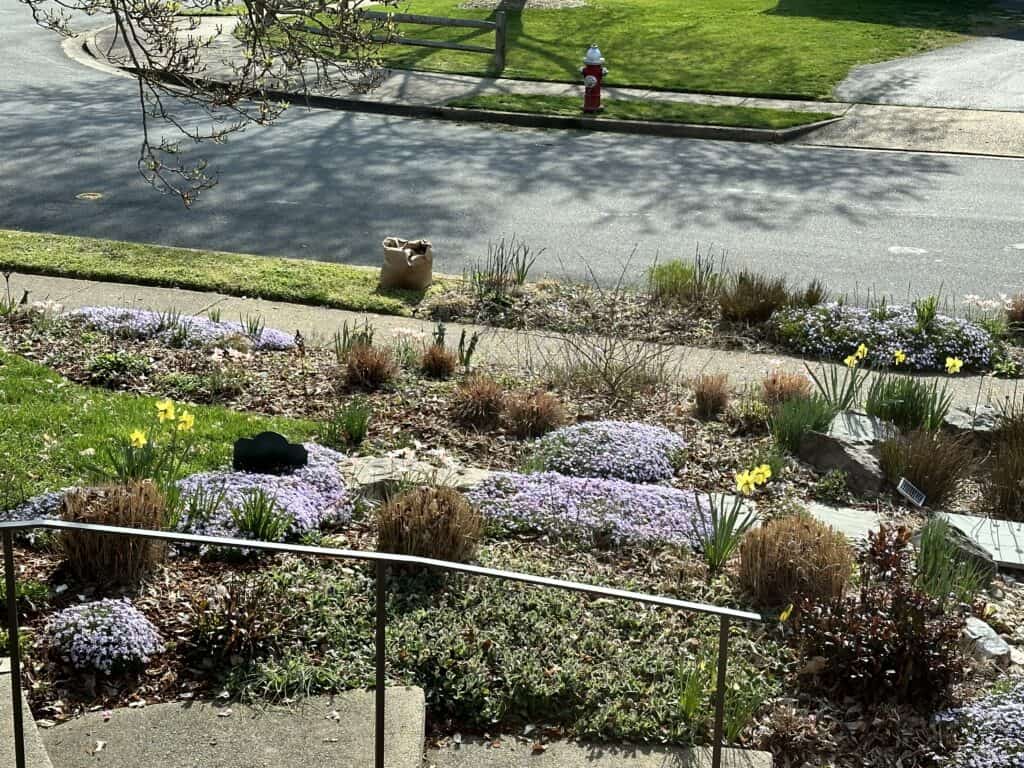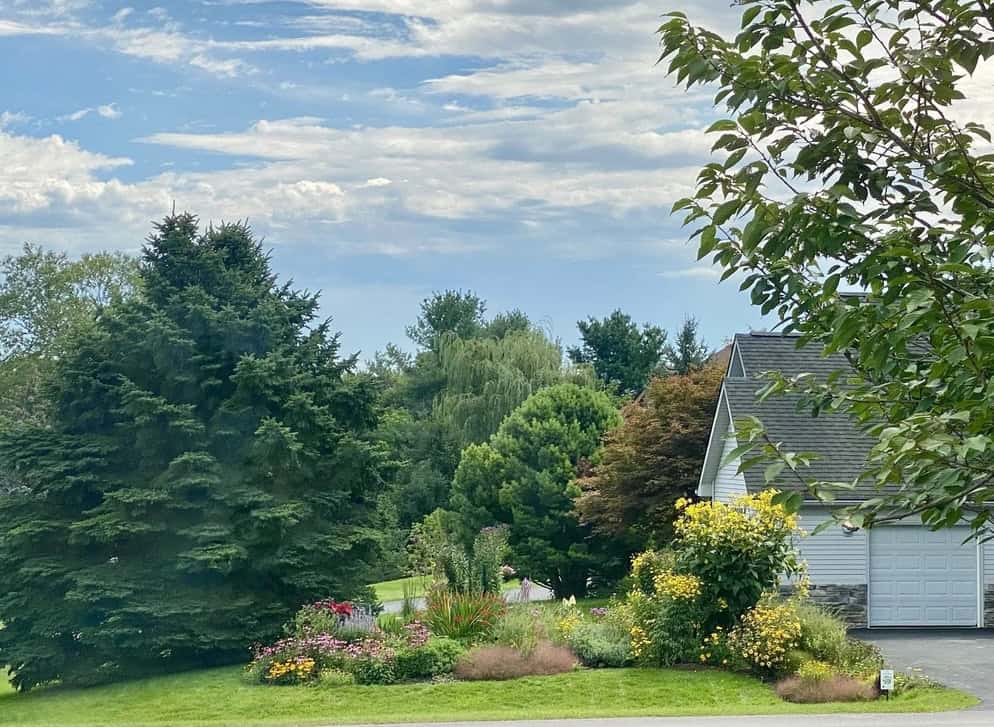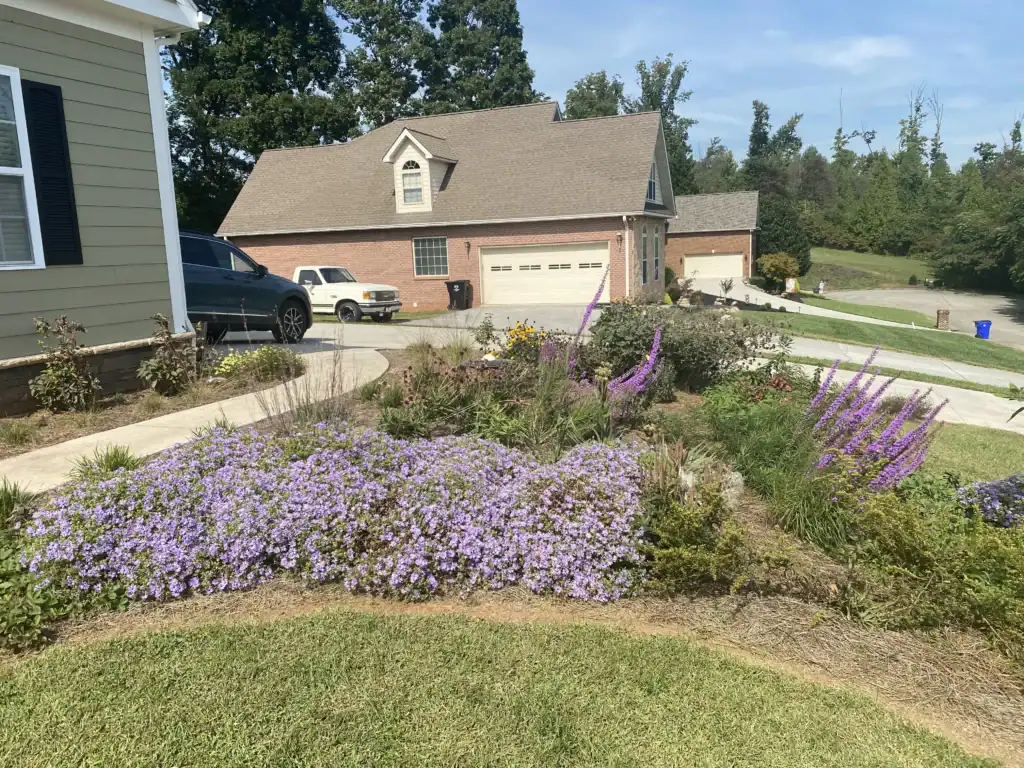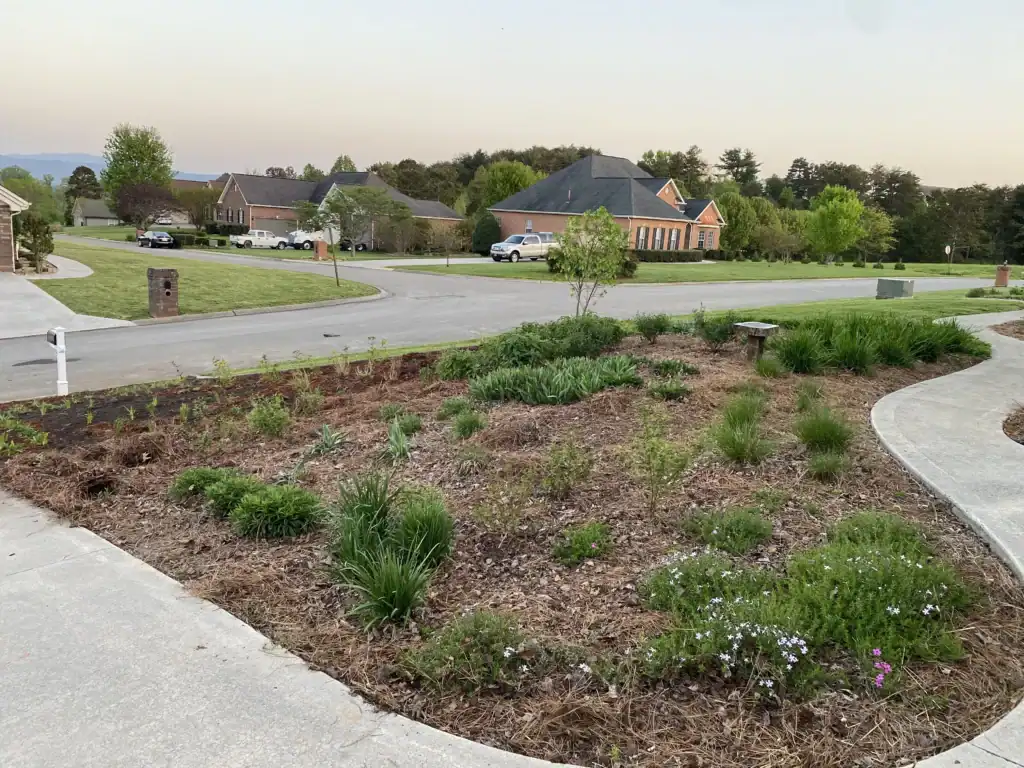Work with Your HOA
Simple Steps to Build Support for Native Plants & Biodiversity
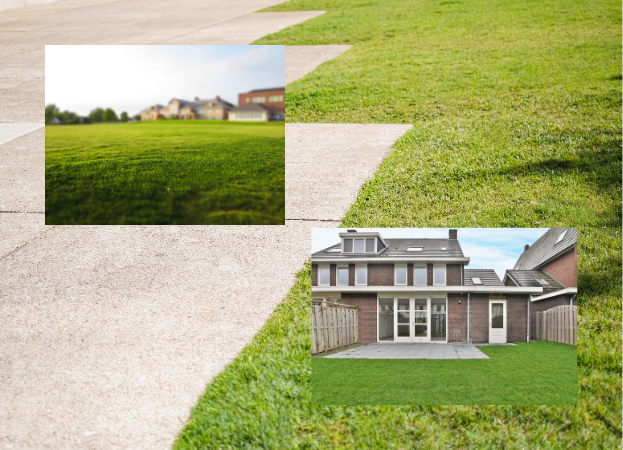
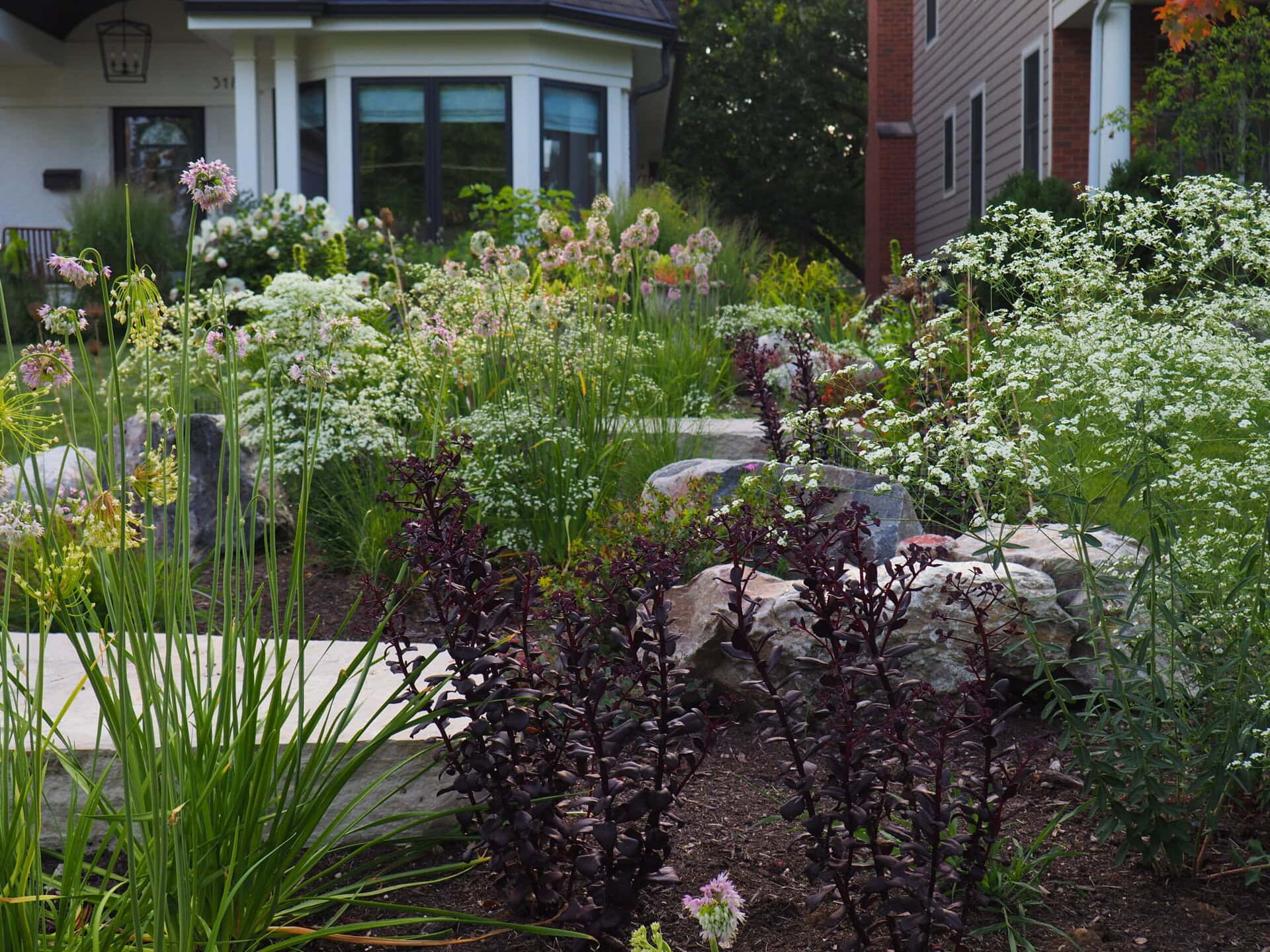
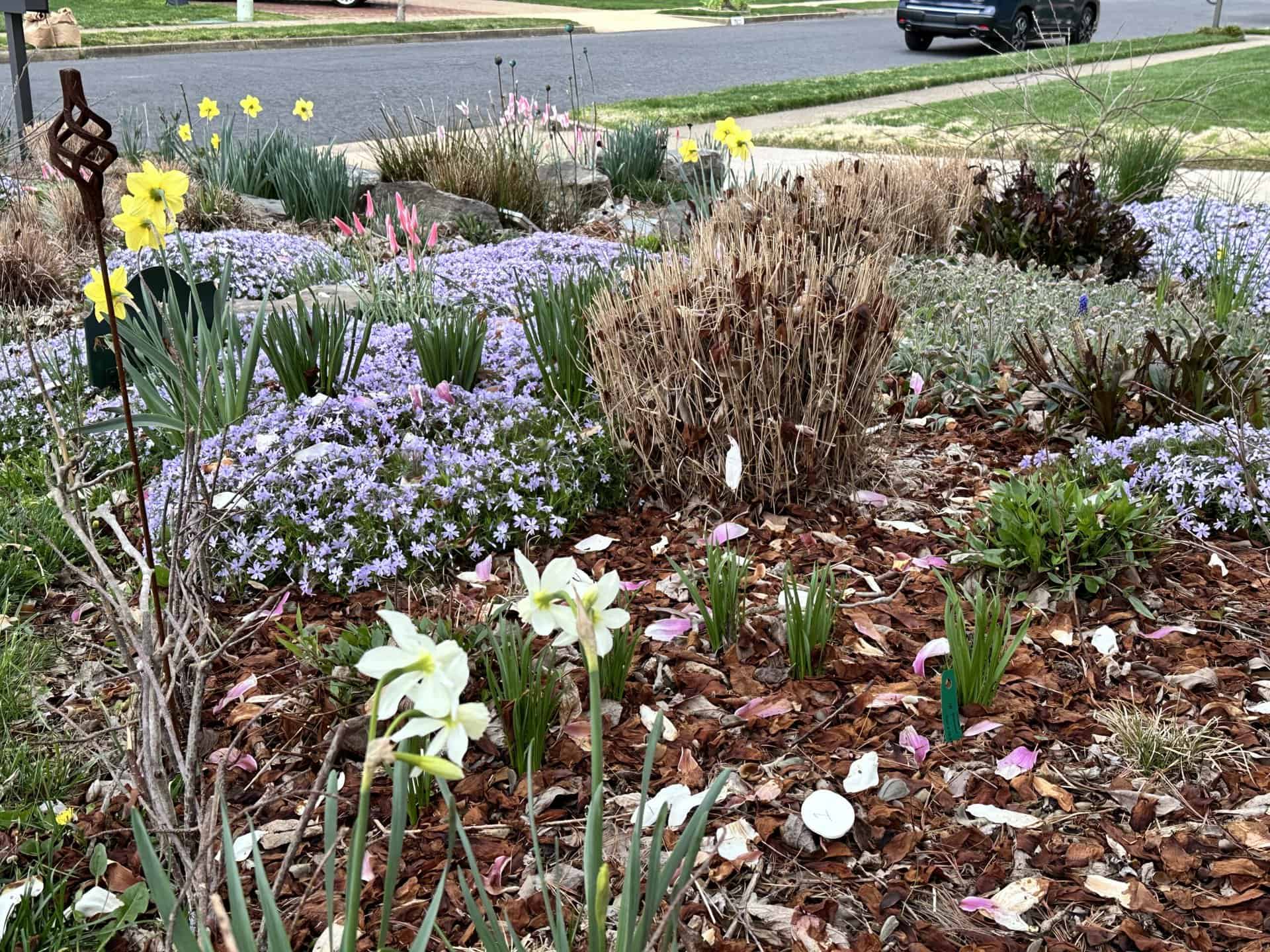
Why Native Plants Matter
Traditional lawns might look tidy, but they're dead zones for wildlife. They also guzzle water, depend on chemical fertilizers and herbicides, and pump out emissions from gas-powered mowers and blowers.
None of these chemicals stay put. They run off into our waterways and onto surfaces where children and pets play, posing documented health risks.
Native plant landscapes offer a safer, healthier, and more vibrant alternative. They support pollinators and birds, reduce water use, and thrive without harmful chemicals.
Beyond a safer outdoors for your family, you'll experience the joy of creating a beautiful space, filled with life and color, right at home.
Getting Started: Your Action Plan
Transitioning your yard to native plants within an HOA can be straightforward and impactful.
1. Understand Your HOA’s Guidelines: Review your community’s landscaping rules. Pay attention to guidelines about plant height, appearance standards, and approved plant lists.
2. Create Intentional Designs: Design gardens that look organized and deliberate. Incorporate clear borders and paths to visibly demonstrate planning and care. Add extra emphasis by using habitat signs to showcase that your garden is part of a movement.
3. Educate and Inform: Share simple information with your neighbors and HOA about the benefits of your local native plants, including lower water bills, fewer pesticides, and vibrant wildlife. Also consider serving on your HOA board to be an insider voice for biodiversity.
4. Start Small and Expand: Begin with one visible area. Demonstration projects help neighbors and board members visualize the potential of native landscaping.
5. Collaborate with Your HOA: Proactively suggest updates to landscaping guidelines. Provide examples of other communities successfully incorporating native plants. (See examples further down the page.)
6. Grow Community Support: Host garden tours, distribute easy-to-understand flyers, or organize neighborhood gatherings to encourage conversation and build enthusiasm.
For more detail guidance and inspiration, download A Guide To Nativescaped Yards and HOA Sanctions by Leah Larabell.
Overcoming Common HOA Challenges
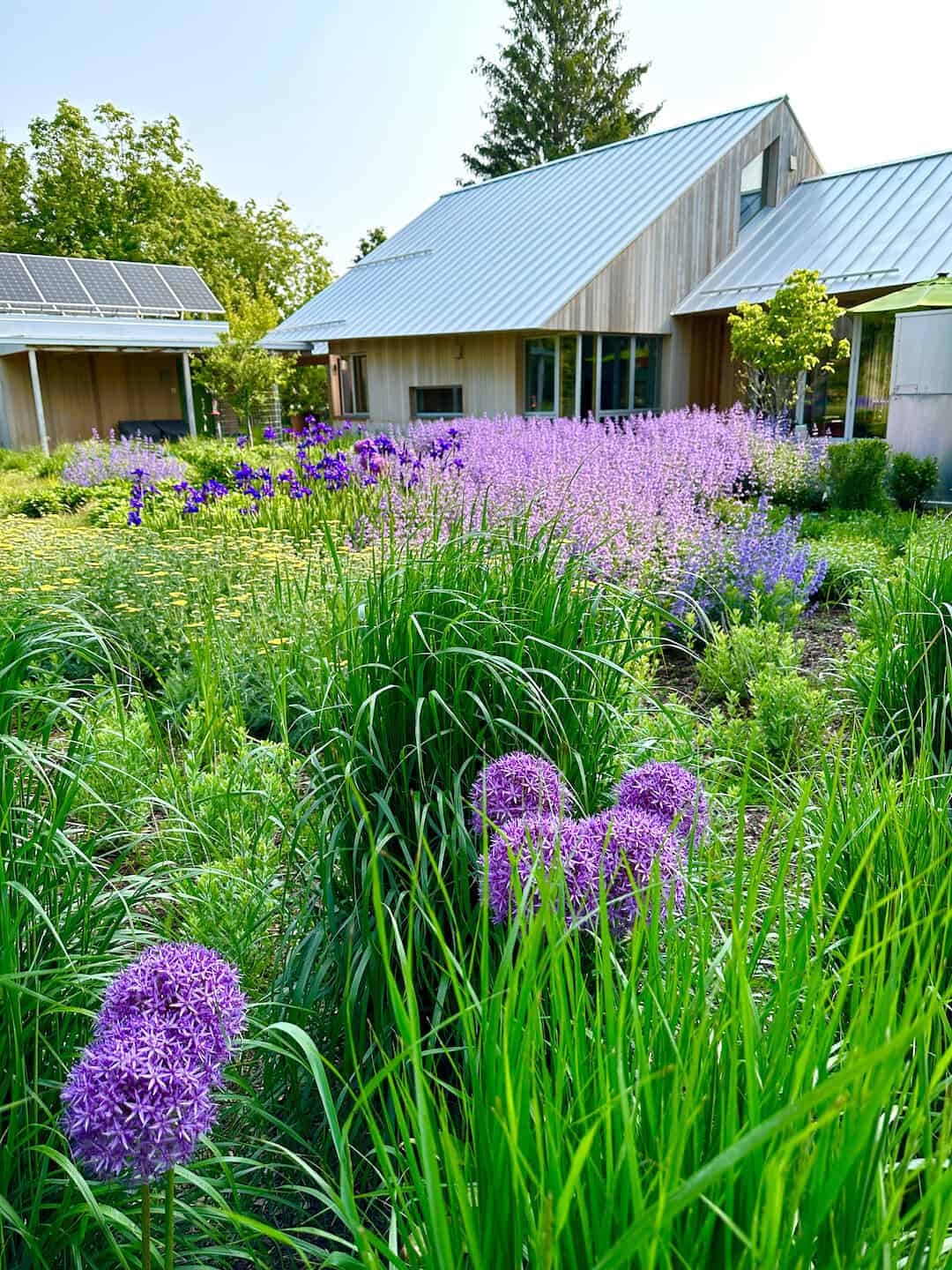
- Approved Plant Lists: Suggest adding region-specific natives. Generate your list from our North American Keystone Finder
- Propose Changes to Your HOA Plant Palette: Work with your HOA to identify and remove invasive species from approved plant lists. Common offenders include English ivy, butterfly bush, privet, Callery pear, and Norway maple.
- Height and Appearance Rules: Use tidy, defined planting beds and pathways to show clear maintenance and intentionality.
- Gardening Restrictions: Propose appealing options such as raised beds, dedicated pollinator spaces, or community gardening plots.
- Watering Requirements: Clearly demonstrate how native plants significantly reduce water consumption once established.
- Chemical Mandates: Advocate gently for "no-spray" policies, emphasizing health and environmental benefits of chemical-free gardening.
For more tips and sample ordinance, check out this page from our friends at Wild Ones.
Responding To Citations
If your native garden receives a citation, take the following steps:
- Request details about the specific rules or ordinances violated.
- Calmly demonstrate the intentional and ecological benefits of your garden.
- Invite HOA officials to tour and see the organized nature of your planting.
- Reach out to HNP for a formal letter of support.
- Our friends at Wild Ones also have a volunteer legal team of Wild Lawyers. Need help from a Wild Lawyer? Contact Support@wildones.org.
Success Stories to Inspire Your HOA
For detailed examples and guidance, check out this NWF Guide to Passing Wildlife-Friendly Property Ordinance.
Talking About The Facts
Positive Impacts of Ecological Landscaping
You Have the Power to Create Change
Your community leadership is making this movement happen, and we’re here to equip you and amplify your success stories. Let us know how you're bringing your land back to life, so we can showcase your victories and motivate fellow stewards. Together, we will create thriving habitats that support both people and wildlife.
Highlight Your Efforts on the HNP Biodiversity Map
Additional Talking Points, Examples, and Legal Victories
Visit Benjamin Vogt's Prairie Up site for additional Talking Points for City Code and HOA Bylaws as well as Legal Victories and New Code Examples.
Special Thanks
We extend our sincere thanks to Leah Larabell from High Garden Tea for her generous contributions to this page. Her thoughtful and thoroughly researched insights on planting native in HOA communities were foundational in shaping our guidance.
For a deeper dive, you can download Leah’s detailed report here.
Let Us Help You Get Started Planting Native!
GET STARTED GUIDES: Get Started | Shrink Your Lawn | Remove Invasive Plants | Make a Home for Wildlife | Design a Native Landscape

